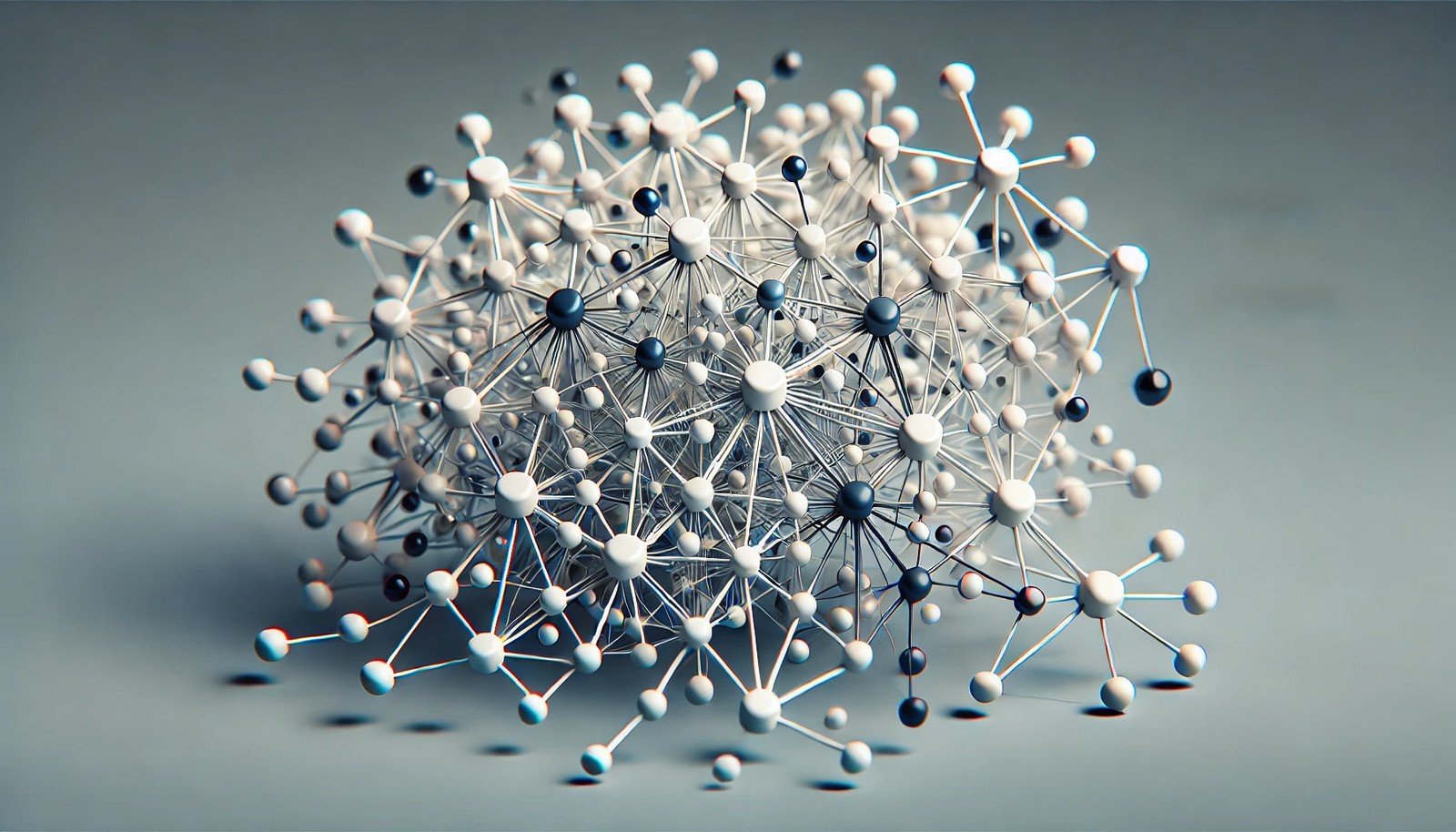Dropout

Quick Navigation:
- Dropout Definition
- Dropout Explained Easy
- Dropout Origin
- Dropout Etymology
- Dropout Usage Trends
- Dropout Usage
- Dropout Examples in Context
- Dropout FAQ
- Dropout Related Words
Dropout Definition
Dropout is a regularization technique used in artificial neural networks to prevent overfitting. It involves randomly deactivating a proportion of neurons during each training iteration, which forces the model to not rely too heavily on any specific neuron. This helps improve the model's ability to generalize on new data by ensuring that the neural network does not memorize the training data, but instead learns to make predictions that can extend to unseen data.
Dropout Explained Easy
Imagine you have a large group of friends, and each time you play a game, some friends are chosen to sit out randomly. By doing this, everyone eventually gets a chance to play different parts, and no one person becomes overly important. In a similar way, dropout works by randomly turning off parts of a neural network to make it stronger overall.
Dropout Origin
The concept of dropout was developed by researchers at the University of Toronto, including Geoffrey Hinton, in the early 2010s. It quickly became a popular method for improving the performance of neural networks, particularly in deep learning applications.
Dropout Etymology
The term “dropout” reflects the idea of "dropping out" units in the network during training, similar to how students might drop out from classes or rounds of a game temporarily.
Dropout Usage Trends
Dropout has been widely adopted in deep learning as neural networks became more complex, particularly for computer vision and language models. As model size increased, the risk of overfitting grew, making dropout a valuable technique in many applications. Its adoption has extended to various areas, including image classification, natural language processing, and speech recognition.
Dropout Usage
- Formal/Technical Tagging:
- Neural Networks
- Deep Learning
- Regularization - Typical Collocations:
- "dropout rate"
- "dropout regularization"
- "dropout layer"
- "neural network dropout"
Dropout Examples in Context
- Applying dropout in a neural network can reduce the likelihood of overfitting, leading to a more robust model.
- Dropout layers are commonly used in convolutional neural networks (CNNs) for image recognition tasks.
- In language models, dropout helps stabilize the learning process and improve generalization.
Dropout FAQ
- What is dropout in neural networks?
Dropout is a technique for reducing overfitting by randomly deactivating neurons during training. - How does dropout work?
Dropout temporarily "drops out" neurons during each training step, forcing the network to rely on a wider array of neurons for predictions. - Why is dropout used in deep learning?
Dropout helps prevent overfitting, making the model better at generalizing to new data. - What is a dropout rate?
The dropout rate is the proportion of neurons deactivated during training, typically set between 20-50%. - Can dropout be used in all neural networks?
While widely applicable, dropout is mostly used in feedforward networks and may not be ideal for recurrent neural networks. - What happens if the dropout rate is too high?
If the dropout rate is too high, it can hinder learning, as too many neurons are inactive at once. - Does dropout increase training time?
Yes, dropout can extend training time as the model must learn with changing neuron configurations. - How does dropout improve generalization?
Dropout encourages the network to learn patterns more flexibly, reducing reliance on specific neurons. - Is dropout the same as regularization?
Dropout is a form of regularization but is specifically designed for neural networks. - How do you set the dropout rate?
The dropout rate is often tuned experimentally to balance between overfitting and underfitting.
Dropout Related Words
- Categories/Topics:
- Neural Networks
- Machine Learning
- Deep Learning
- Regularization
Did you know?
Dropout became particularly famous after achieving significant improvements in image recognition tasks and has since become an essential part of many popular architectures like AlexNet and ResNet, influencing the development of deep learning models across diverse fields.
PicDictionary.com is an online dictionary in pictures. If you have questions or suggestions, please reach out to us on WhatsApp or Twitter.Authors | Arjun Vishnu | @ArjunAndVishnu

I am Vishnu. I like AI, Linux, Single Board Computers, and Cloud Computing. I create the web & video content, and I also write for popular websites.
My younger brother, Arjun handles image & video editing. Together, we run a YouTube Channel that's focused on reviewing gadgets and explaining technology.



Comments powered by CComment